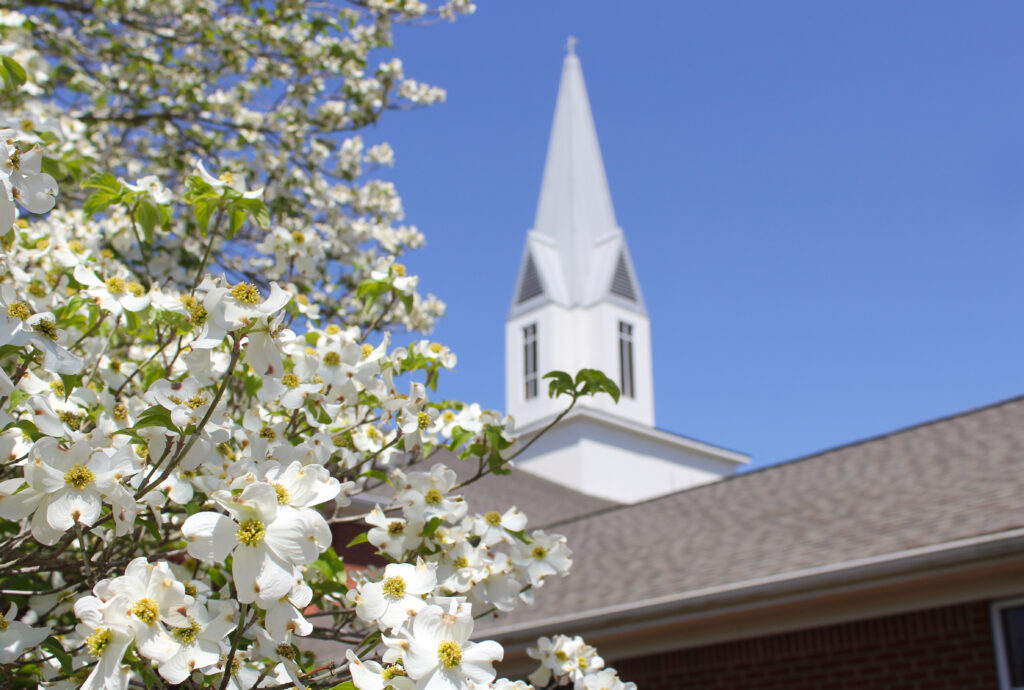
I get it. Numbers are not everything. Indeed, numbers are not the most important thing.
But a balanced use of numbers can be helpful.
For example, I am frequently asked if churches are growing or declining in the United States since the 2020 pandemic. Church leaders have also asked me how they can evaluate their churches’ growth since 2020 as well.
While no numerical formula is perfect, I suggest church leaders look at this simple way of evaluating their churches’ growth or lack thereof.
Caveats
Before we look at the simple formula, we need to consider some fundamental issues when we evaluate a church’s growth:
- No two churches are alike. The differences among churches are key factors in their potential to grow.
- The demographics of a church community are likewise unique. One church might be in a sparsely populated rural area; another could be in a densely populated urban or suburban location. The different demographic growth rates are also crucial in assessing a church’s growth. A church in an area with many new residents has a greater growth potential, all things being equal. Typically, people new to an area are more receptive to joining or visiting a church. We strongly encourage church leaders to do a yearly demographic and psychographic report on their communities (see our Know Your Community report).
- Another factor to consider is religious receptivity or gospel receptivity. For example, we have typically assigned lower receptivity to states in the Northwest, while Deep South areas have higher receptivity. However, I just finished a case study research project suggesting that the differences aren’t as significant as ten years ago.
The Simple Formula
The formula we use to determine a post-pandemic growth rate is simply the church’s growth rate from 2019 (the last full pre-pandemic year) to the present. For example, if the church had an average worship attendance of 117 in 2019 and 122 today, the post-pandemic growth rate is 4.3% (122 – 117 = 5, then 5 ÷ 117 = 4.3%).
Okay, is 4.3% since 2019 good or bad? The United States population has grown 2.0% in that same period, so 4.3% is more than double the population growth rate.
Many people, including church leaders, are not aware that the population of our nation is growing so slowly. In most cases, if your church has grown at all since 2019, your church is doing much better than average.
Based on the churches we have surveyed or consulted, over three-fourths of the congregations have declined since 2019. In a comparative sense, therefore, your church is in the top 25% if it has grown at all.
That Post-Pandemic Thing
A lot has been written about church health since the pandemic. Indeed, I am gathering data right now to delve into this matter with greater detail. Though we might think our growth rate is anemic and our churches are weak, your church might be doing better than you thought.
Indeed, if your church has gained average attendance since 2019, your church might be well above average.
















